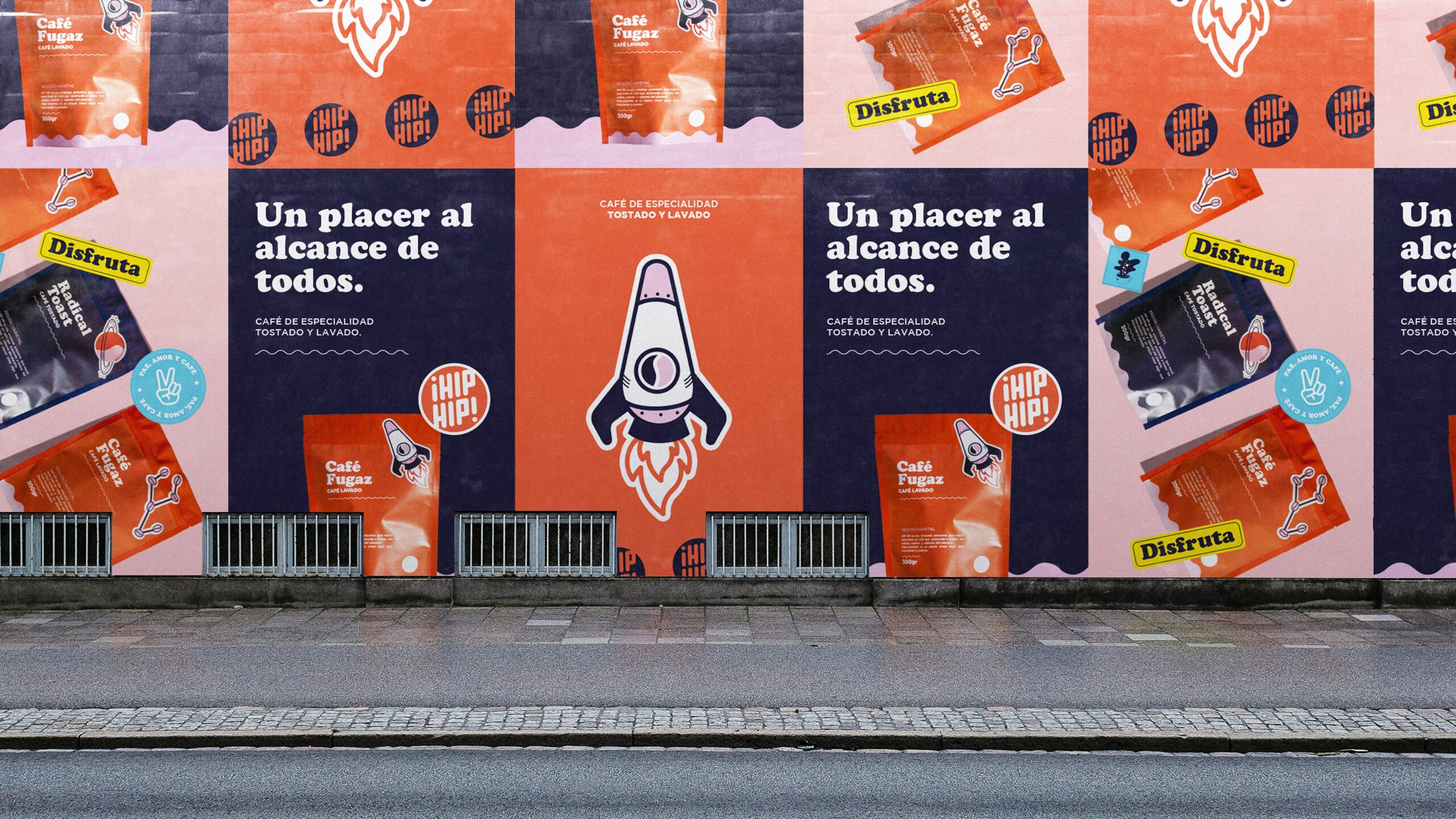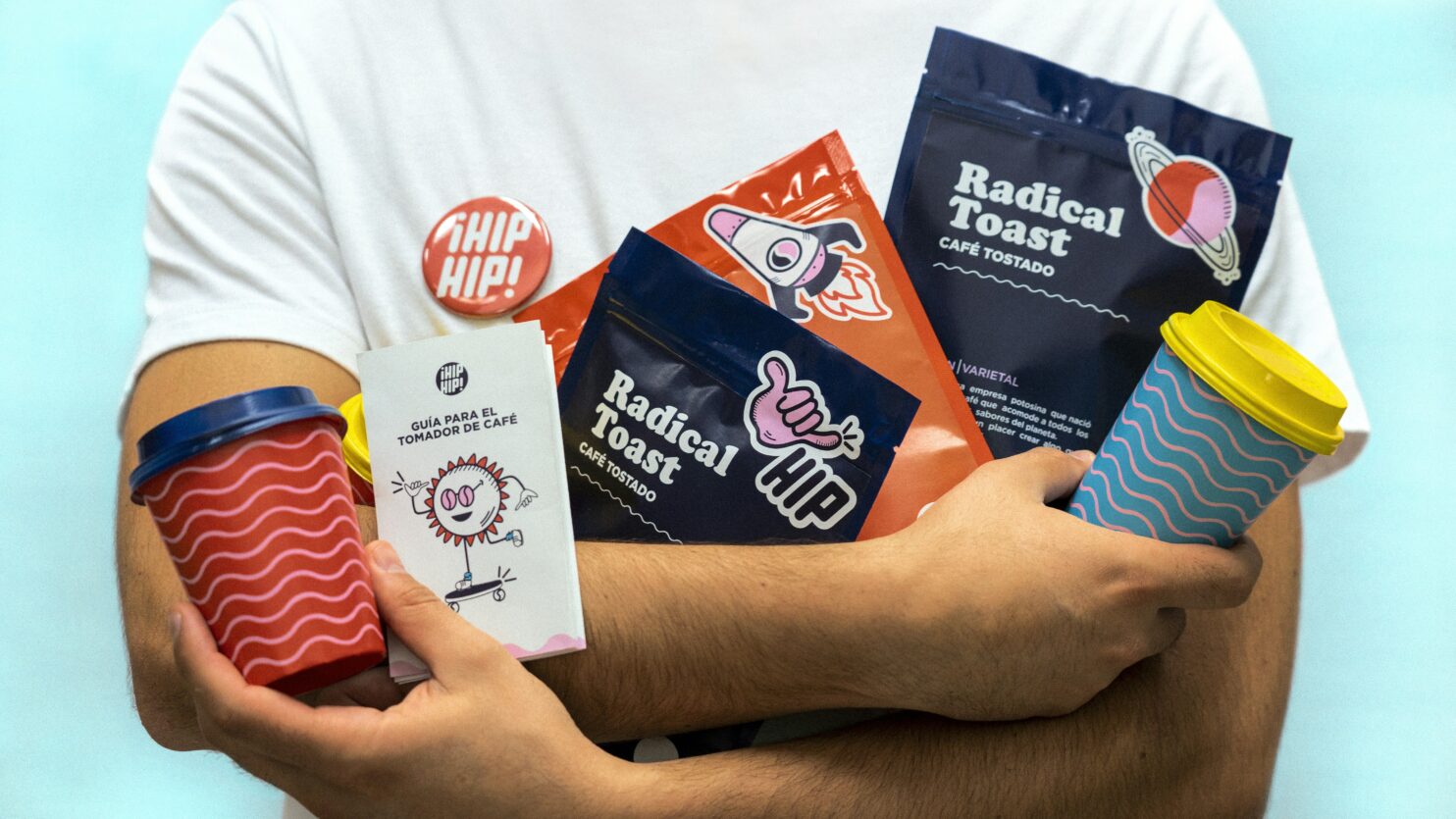Today’s fashion marketing is undergoing a profound shift, shaped by changing consumer expectations, emerging technologies, and a renewed emphasis on authenticity. In the Clothing Coulture episode “How Fashion Marketing Is Evolving for Today’s Audience,” hosts Bret Schnitker and Emily Lane explore how branding is adapting to stay culturally relevant. From evolving aesthetics to AI-driven personalization and the growing need for real connection, this discussion offers timely insights into what it takes to build meaningful brand experiences in a modern world.
The Evolution of Branding: Aesthetic Shifts
In the rapidly changing landscape of branding, aesthetics continue to play an influential role. “Aesthetics lately have gotten much more monochromatic and much more minimalistic in design,” shares Emily Lane, emphasizing the shift from contrasting colors to more unified palettes. This evolution suggests brands are gravitating towards simplicity that allows deeper emotional connections with their audiences.
Sarcastically Bret Schnitker highlights, “It’s because color is expensive. They’re reducing their budget in a tight economy.” However, the strategic uniformity in color is more about anchoring visual identity, as Emily points out with examples like Target’s consistent red, which fosters recognition and connection. These aesthetic choices are not merely stylistic; they articulate emotional narratives that allow brands to resonate with their audiences in more profound ways.
This streamlined aesthetic is paired with innovative design elements like crisp fonts and clean layouts. The focus has shifted to making design elements purposeful, representing a brand’s message and ethos. Lane adds depth to this discourse by discussing the exploration of dynamic elements such as “animated moments” and Sonic branding, where sound becomes a brand’s signature, akin to the iconic jingle era. This move towards sensory branding captures the essence of contemporary aesthetics, striving for a seamless, emotionally engaging experience.
Harnessing Technology: AI and Personalization
The role of technology in branding cannot be overstated, especially with AI transforming personalized experiences. “AI has really come in to foster a very tailored experience,” Lane remarks, highlighting how AI now crafts individualized web experiences based on user behaviors. This move towards personalization not only enriches user interaction but also makes brand communication more relevant and impactful.
AI’s contribution doesn’t stop at consumer experience. Schnitker identifies its influence on business strategy, noting that it assists companies with “predictive trend analysis,” allowing smarter inventory and market decisions. While some fear that AI might strip the industry of its human element, Lane argues that it can enhance rather than replace, providing valuable insights that retain consumer focus on personalization and tailored experiences.
This synthesis of AI in branding underscores a critical point: technological advancement is not about displacement but empowerment. Brands can now wield AI to deliver precisely what consumers want while gaining insights to align their strategies effectively with shifting consumer preferences. As AI continues to develop, its potential to refine branding strategies will undoubtedly grow, enhancing both user engagement and operational efficiency.
Building Authentic Connections: The Social Dimension
In today’s branding ecosystem, social engagement and authenticity have become paramount. “People want community,” Lane asserts, linking this demand to the isolation felt during the COVID-19 pandemic. This sentiment stresses that consumers today crave interaction and authenticity, rather than polished marketing narratives. Marketing experts are increasingly aware that “51% of consumers believe that marketing content is missing authenticity,” compelling brands to adopt strategies that echo genuine, imperfect narratives, from user-generated content to behind-the-scenes stories.
 The shift towards community-centric branding is potent. Lane mentions brands like “Shinesty,” known for its fun and engaging approach, relying on community and shared experiences to foster brand loyalty. This new paradigm prioritizes not just consumer engagement but alignment with broader social values, emphasizing brand activism and social responsibility. Such alignment creates an authentic resonance with consumers, who view these commitments as integral to brand identity.
The shift towards community-centric branding is potent. Lane mentions brands like “Shinesty,” known for its fun and engaging approach, relying on community and shared experiences to foster brand loyalty. This new paradigm prioritizes not just consumer engagement but alignment with broader social values, emphasizing brand activism and social responsibility. Such alignment creates an authentic resonance with consumers, who view these commitments as integral to brand identity.
As Emily Lane points out, “People expect it. People want it.” Activating brand stories through authentic engagements and causes can create a holistic brand presence that is not just seen but felt. This demand for imperfection and sincerity in marketing speaks volumes, suggesting brands can achieve lasting connections by genuinely embracing their ethos and engaging transparently with their audiences.
In the ever-evolving sphere of branding, intangible factors like emotion, experience, and authenticity outweigh traditional marketing strategies. The importance of emotional connections and community engagement cannot be understated. As Bret Schnitker insightfully adds, “You know, cultural relevancy within your people group… How does a brand stay culturally relevant?” The answer lies in brands not just being relevant but becoming integral threads in the cultural fabric. By embracing these shifts, engaging authentically, and leveraging technology effectively, brands can not only remain relevant but also thrive in the digital-first world we live in.
 About Stars Design Group: Founded by industry experts, Stars Design Group global fashion design and production house that helps clients bring their apparel to market. We consult, design, and facilitate production and delivery.
About Stars Design Group: Founded by industry experts, Stars Design Group global fashion design and production house that helps clients bring their apparel to market. We consult, design, and facilitate production and delivery.
Understanding that the apparel industry is about evolution and not revolution, we continue to refine the way the industry does business. Embracing the latest 3D design and development software, we help to refine the design and approval process in a digital landscape, paving the way for rapid decisions and execution of programs while reducing mistakes, improving fit, minimizing returns, and increasing profit margins.
With a network of 67 factories in 14 countries worldwide, our relationships are generations deep. Being diverse in our manufacturing locations, we are nimble in an ever-evolving landscape and provide ethically manufactured apparel and accessories.

